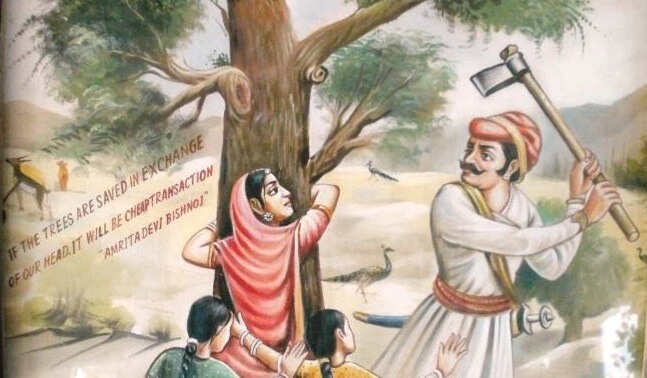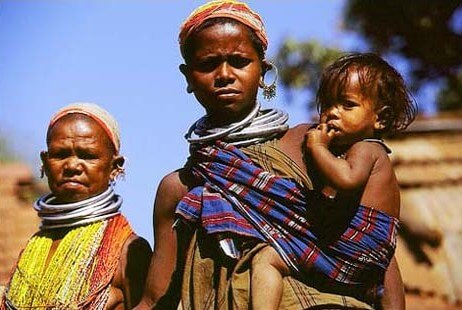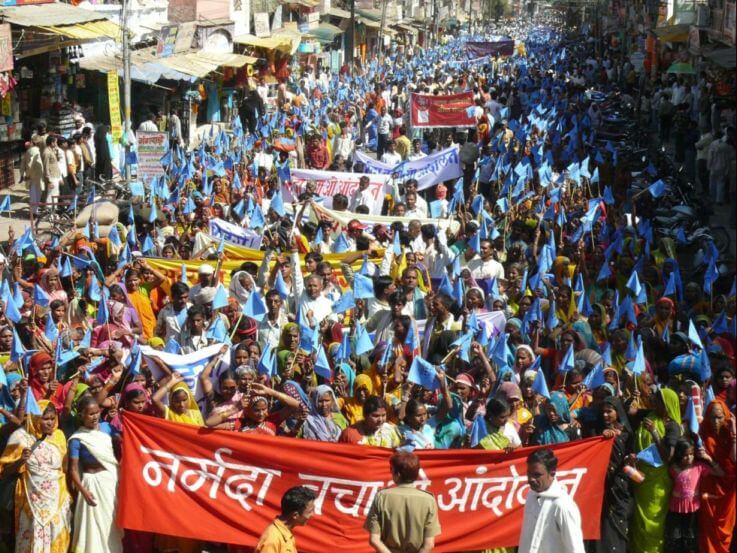Travel Tips
Lorem ipsum dolor sit amet, consectetur adipiscing elit.

Environmental or Green or Conservation Movement

What was it all about: Amrita Devi, hugged trees & encouraged others to do the same. 363 Bishnoi villagers were killed. The Bishnoi martyrs were influenced by the teachings of Guru Maharaj Jambaji, who founded the Bishnoi faith in 1485 and set forth principles forbidding harm to trees and animals.
The king who came to know about these events rushed to the village and apologized, ordering the soldiers to cease logging operations. Soon afterwards, the Maharajah designated the Bishnoi state as a protected area, forbidding harm to trees and animals. This legislation still exists today in the region.
 1973
1973What was it all about: Mr. Bahuguna enlightened the villagers by conveying the importance of trees in checking the erosion of soil, cause rains and provides pure air. The women of Advani village of Tehri-Garhwal tied the sacred thread around trunks of trees and they hugged the trees, hence it was called ‘Chipko Movement’ or ‘hug the tree movement’. The main demand of the people in these protests was that the benefits of the forests (especially the right to fodder) should go to local people.

What was it all about: The Kerala State Electricity Board (KSEB) proposed a hydroelectric dam across the Kunthipuzha River that runs through Silent Valley. Many feared that the project would submerge 8.3 sq km of untouched moist evergreen forest. Prime Minister Rajiv Gandhi formally inaugurated the Silent Valley National Park.
 1983
1983
What was it all about: Southern version of the Chipko movement & locally known as “Appiko Chaluvali”. The locals embraced the trees which were to be cut by contractors of the forest department. The Appiko movement used various techniques to raise awareness such as foot marches in the interior forest, slide shows, folk dances, street plays etc. The second area of the movement’s work was to promote afforestation on denuded lands.
 1990’s
1990’s
Reference: